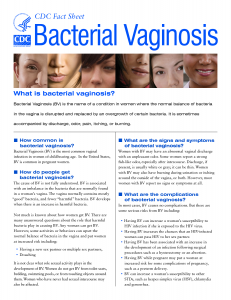 How much do you love her? And, how well do you know her?
How much do you love her? And, how well do you know her?
Which “her” am I referring to?
Your her – that’s who.
Your body, that is.
Do you love her? Care for her? Know her?
Have you explored every little nook and cranny, bump and depression, protrusion and deep cavern? Do you know her ups and downs, ins and outs…know her up and down, inside and outside?
If not…why not? You should. Makes no difference what your mother, father, teacher, preacher…told you.
She’s your her and she’s yours to love. That means she’s your responsibility to keep safe, clean, well and happy.
No one can love and care for her like you can. And, no one can know her as well as you.
If you don’t, who will?
Oh, don’t depend on your doctor to know her well. Your doctor goes by what he/she sees of her and hears of her…hears of her from your own words via your own explanations and understanding.
If you don’t know her how will you know when she’s ailing or not quite normal?
How will you know when things go wrong with her? How will you know what makes her happy? How will you know how to fix what’s wrong or change what she doesn’t like?
Menstruation is a good time to start getting to know her on a more personal level. Seriously.
And, continue throughout each day of your cycle. Learn of her. Get to know her…all of her.
You’ll be glad you did.
Be period wise. Be body wise. Be HER wise.



